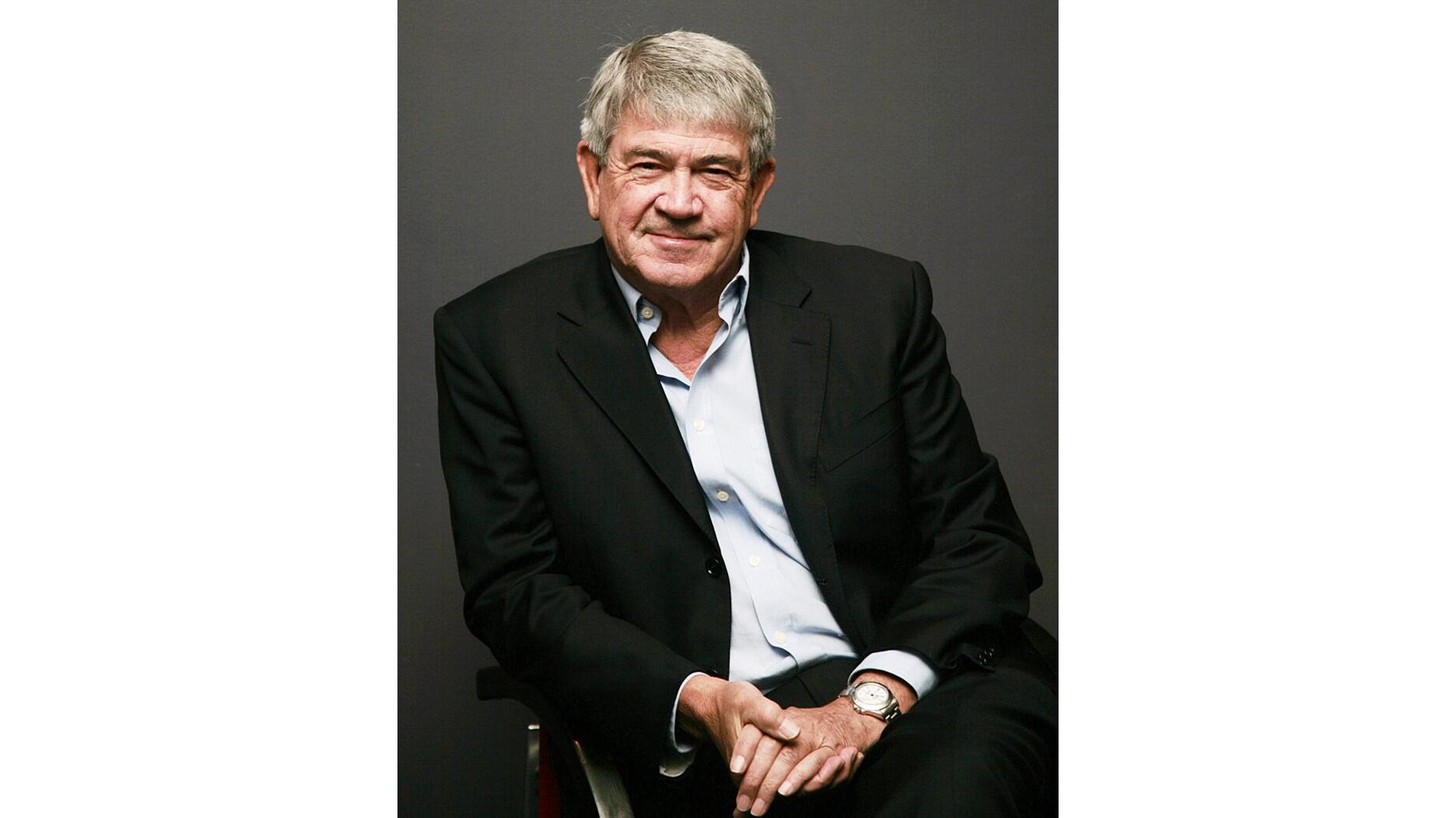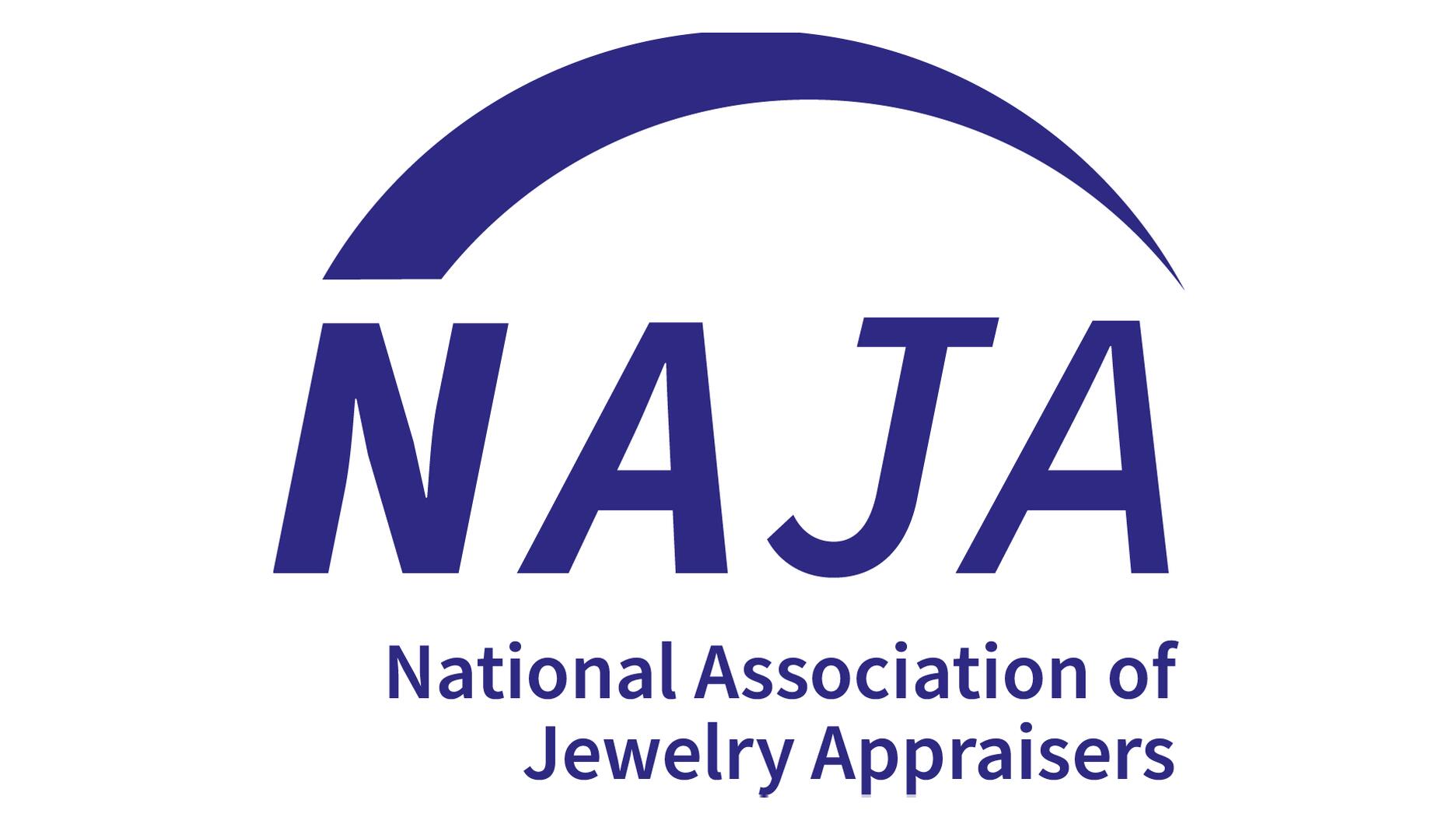De Beers, Botswana Reach New Sales Agreement
The agreement sees more rough diamonds going to Botswana and the development of a fund to help the country further diversify its economy.

The two parties came to terms late Friday and De Beers announced details of the agreement Saturday.
The new sales agreement for the country’s rough diamond production extends through to 2033 while the mining licenses for Debswana, the mining company operated jointly by De Beers and the government, are good for 25 years, to 2054.
Under the terms of the new agreement, the share of Debswana supply sold through the government-owned Okavango Diamond Company (ODC), increases from 25 percent to 30 percent to start.
Over time, ODC’s share of supply will grow gradually, hitting 50 percent by the final year of the contract.
In an interview Monday morning, De Beers Executive Vice President Paul Rowley said the new agreement comes after years of negotiation—negotiations that were interrupted by the COVID-19 pandemic—and continues the precedent set when the current agreement was signed 13 years ago.
That agreement, which took effect Jan. 1, 2011, created ODC and dictated that diamond aggregation and sales would move from London to Gaborone, Botswana.
ODC’s share of the rough diamonds increased over time under that agreement too, from 10 percent to the 25 percent reached by the end of the contract.
Rowley said in hashing out this new contract, De Beers and the Botswana government were “very keen” to see the country move down the value chain and to create a “win-win situation” for both parties.
And, he noted, “that’s exactly where we landed.”
The agreement also includes De Beers contributing to a newly created fund to help Botswana diversify its economy and create jobs outside the diamond industry, the country’s largest private employer.
Botswana has three active diamond mines, Jwaneng, Orapa and Letlhakane.
Their current life expectancy ranges from 13 years (Jwaneng, 2036) to 20 years (Letlhakane, 2043), though that could change if any extension projects are approved. (A fourth mine in the country, Damtshaa, is on extended care and maintenance.)
Under the new agreement, De Beers will invest $75 million upfront and contribute as much as $750 million over the next 10 years to the “Diamonds for Development Fund,” a fund designed to help Botswana grow its economy and create more jobs in the diamond industry as well as in other sectors, with a focus on supporting the growth of a “knowledge-based economy.”
“That’s not new, to be fair,” Rowley said Monday.
He said De Beers has been looking at ways to help Botswana diversify its economy for many years, including through supporting entrepreneurship—particularly women-owned businesses—investing money in tourism and protecting the Okavango Delta, and supporting the development of “green” energy.
The deal reached last week is an agreement in principle. The terms of the current sales and mining agreements, which technically expired Friday, will remain in place as the two parties work out the implementation of the new contract.
Rowley said they expect to have it finalized in late 2023 or early 2024.
The Latest

The couple pleaded guilty to concealing at least $127 million in cash transactions at its precious metals businesses.

Consumers shared concerns about prices, inflation, tariffs, trade, and politics in the survey’s write-in response section.

In February 2026, the auction house will move its headquarters to the former Steinway Hall, a neoclassical landmark on Billionaires’ Row.

How Jewelers of America’s 20 Under 40 are leading to ensure a brighter future for the jewelry industry.

The new show will take place Jan. 23-25, 2026.


The LVMH-owned brand has partnered with the costume design union to revamp its award for 2026.

The luxury titan inked a deal to acquire an initial minority stake in the jewelry manufacturer with a pathway to full ownership by 2032.

Roseco’s 704-page catalog showcases new lab-grown diamonds, findings, tools & more—available in print or interactive digital editions.

The company’s curation of unsigned vintage and estate jewelry debuted at the Bloomingdale’s in Costa Mesa, California.

In the recent multi-shipment seizure, CBP also found counterfeit Audemars Piguet, Moncler, and Chrome Hearts items.

Helzberg’s Chief Retail Officer Mitch Maggart shared details about its tests of a new store concept rooted in an elevated luxury experience.

Jewelers of America execs and National Jeweler editors discuss tariffs, the sky-high gold price, and the engagement that broke the internet.

The luxury goods company said founder Ippolita Rostagno will remain at the brand’s helm.

Laura Burdese, who joined the Italian luxury brand in 2022, will take on the role in July.

The National Jeweler editors revisit the most noteworthy industry happenings and design trends from 2025.

Need a gift for the cat lover who has everything? Look no further than our latest Piece of the Week.

It purchased the “Grosse Pièce,” an ultra-complicated Audemars Piguet pocket watch from the ‘20s, for a record-breaking price at Sotheby’s.

The lab-grown diamond grower now offers custom engagement and fashion jewelry through its Kira Custom Lab Jewelry service.

Chandler got his start at Michelson Jewelers and has served as DCA president and CEO since 2001. He will retire at the end of the month.

The boutique is slated to open this week inside Terminal 8, offering pre-owned Rolex watches and more to international travelers.

Sponsored by Digital Monitoring Products

The special-edition egg pendant ingested in a New Zealand jewelry store was recovered after a six-day wait.

Associate Editor Natalie Francisco plays favorites with Piece of the Week, selecting a standout piece of jewelry from each month of 2025.

The “Love and Desire” campaign is inspired by the magic that follows when one’s heart leads the way, said the brand.

Two awardees will receive free tuition for an educational course at the Swiss lab, with flights and lodging included.

Berta de Pablos-Barbier will replace Alexander Lacik at the start of January, two months earlier than expected.

Sotheby’s held its first two jewelry sales at the Breuer building last week, and they totaled nearly $44 million.




























